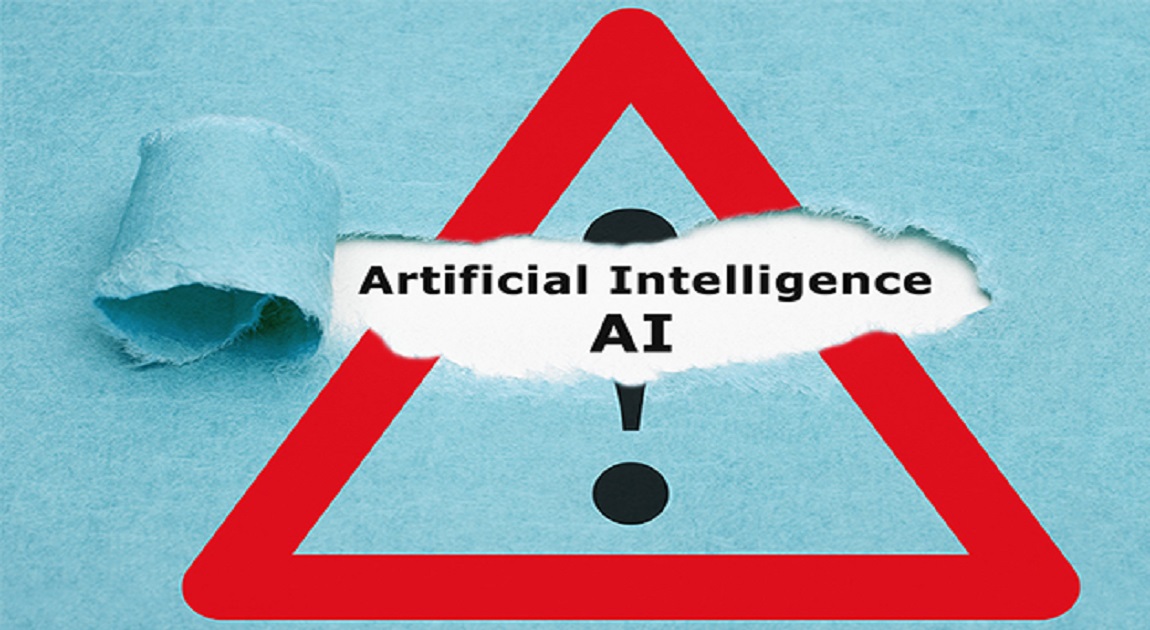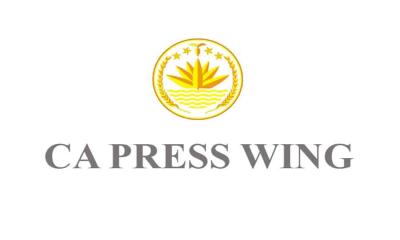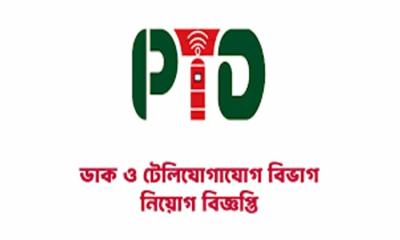Artificial Intelligence (AI) has become an integral part of our daily lives. Whether directly or indirectly, it is influencing sectors like education, healthcare, business, communication, and entertainment. Among the most well-known AI-based technologies globally is ChatGPT, developed by the U.S.-based organization OpenAI. While it has proven to be incredibly useful in various fields, it has also sparked debates, especially in education. Questions continue to arise about when and how its use is appropriate or acceptable.
What is ChatGPT?
ChatGPT is an AI-driven chatbot that uses Natural Language Processing (NLP), a subfield of artificial intelligence. Unlike traditional chatbots, which respond only to predefined prompts or perform limited tasks, ChatGPT can engage in meaningful and context-aware conversations on a wide range of topics. It can explain complex ideas in detail or provide concise summaries when needed. Whether it’s offering advice on how to rescue cattle stuck in mud or suggesting how to fix a salty dish, ChatGPT can provide surprisingly practical answers.
Furthermore, it can generate stories, poems, articles, computer programs, emails, and even solve complicated mathematical problems. Several other applications and services use similar large language models (LLMs), each with their own strengths and limitations depending on the context.
ChatGPT in Education
Recently, ChatGPT has had a significant impact on the education sector—both positive and negative. Students can ask it questions and receive instant responses, tailored to their individual learning styles and needs. It helps break down complex concepts and saves time otherwise spent researching. When used correctly, it can be a powerful tool for skill development.
One of the key challenges in our education system is writing quality content, particularly in foreign languages. From academic reports and emails to theses and proposals, errors in grammar, spelling, and structure are common. In such cases, ChatGPT can serve as a personal assistant to improve the quality of writing.
However, despite these advantages, there are several risks that need to be considered.
Potential Risks of ChatGPT
Copy-Pasting (Plagiarism)
Assignments and homework are intended to encourage critical thinking and skill development. Using ChatGPT for clarification is acceptable, but copying answers directly defeats the purpose and raises ethical concerns.
Accuracy Issues
ChatGPT does not always provide correct answers. Sometimes it delivers inaccurate or misleading responses with apparent confidence. Therefore, users must verify the accuracy and sources of the information provided. Its answers are limited to the data it was trained on and cannot replace human creativity or reasoning.
Reduced Social Interaction
Relying on ChatGPT should not replace human interaction. Classroom discussions with peers and teachers are crucial for developing social, emotional, and communication skills. Problem-solving often requires teamwork, understanding others’ perspectives, and expressing ideas clearly—skills that AI cannot nurture.
Overdependence
Overreliance on ChatGPT can reduce one`s natural curiosity and creative thinking. If people start turning to AI even for trivial tasks, it can hinder personal intellectual growth. In fields like research, thesis writing, or scholarship applications, AI-generated content is often prohibited. Excessive dependence may therefore lead to problems in academic and professional settings.
While ChatGPT and similar AI tools offer substantial benefits when used wisely, they also come with significant limitations. It is essential to treat them as assistive technologies, not replacements for human intelligence, creativity, or interaction. By using them ethically and responsibly, we can harness their strengths without undermining our own.




-20251216092417.webp)





-20251219122251.jpeg)
























-20251216090625.jpeg)
-20251218165258.jpeg)


-20251216054240.jpeg)